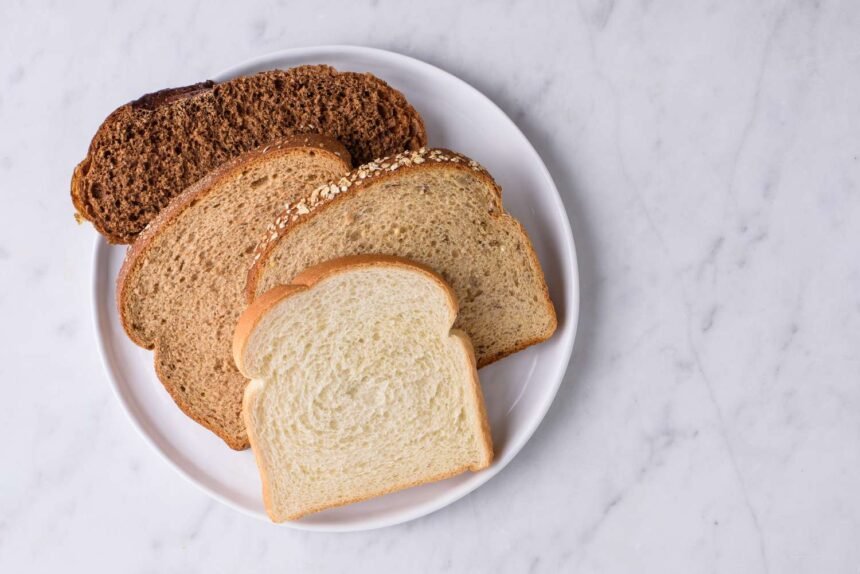White bread, a staple in many households, is a dietary staple for many. However, its sugar content may come as a surprise to some. A slice of white bread typically contains added sugar, contributing to its taste and texture. Understanding the amount of added sugar in a slice, and consequently a loaf, of white bread is crucial for those monitoring their sugar intake and overall health.
Research indicates that a single slice of commercially-produced white bread can contain anywhere from half a teaspoon to a full teaspoon of added sugar. This amount may vary depending on the brand and specific recipe used by the manufacturer. While this may not seem significant at first glance, regular consumption of white bread can contribute to higher overall sugar intake, potentially leading to various health issues such as weight gain, diabetes, and heart disease.
Moreover, when considering the sugar content of a whole loaf of white bread, the cumulative effect becomes more apparent. A standard loaf of white bread typically contains around 12 to 15 slices, meaning the total added sugar content of the entire loaf can range from 6 to 15 teaspoons. For individuals who consume multiple slices of bread daily, this added sugar can quickly add up, exceeding recommended daily limits and contributing to an increased risk of chronic diseases.
It’s important to note that not all white breads are created equal in terms of sugar content. Some brands offer varieties with reduced or no added sugar, catering to those seeking healthier alternatives. Additionally, individuals can opt for whole grain or whole wheat breads, which generally contain less added sugar and provide additional nutritional benefits such as fiber and vitamins.
To make informed dietary choices, consumers are encouraged to read nutrition labels carefully and be mindful of the ingredients listed, including added sugars. Limiting intake of highly processed foods like white bread and incorporating more whole, nutrient-dense foods into one’s diet can contribute to better overall health and well-being.
While white bread is a convenient and popular choice for many, it’s essential to be aware of its added sugar content. By understanding the amount of added sugar in a slice and loaf of white bread, individuals can make informed choices about their dietary habits, ultimately promoting better health and wellness in the long run.
